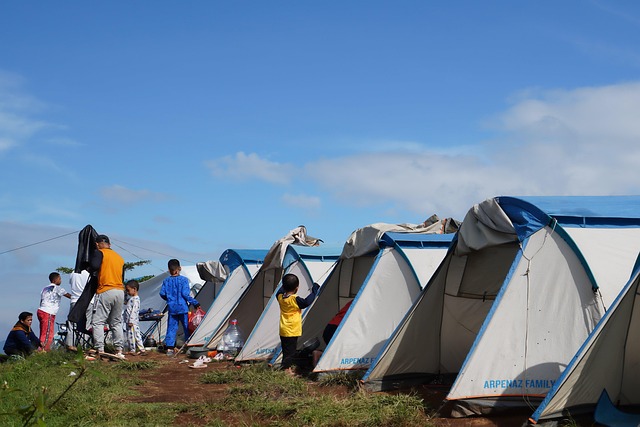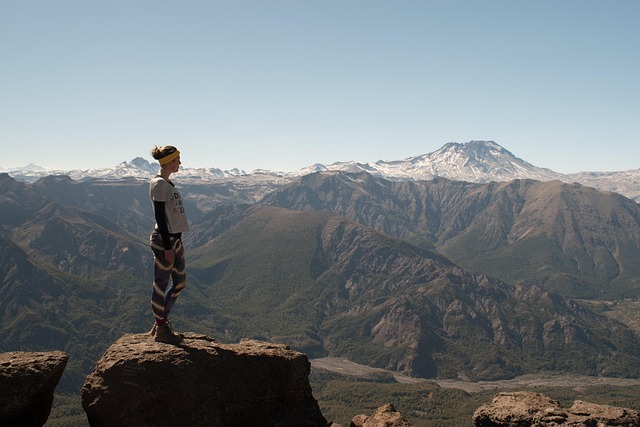Introduction:
About The Experience: Bathed in the beauties of nature, The Himalayan Stag Camp, Rishikesh provides one the best holiday sojourns to the abode of adventure to the travelers of India. Whether you are an adventure junkie or just a nature lover or maybe you are up for falling in love with cultural facet of the Himalayas, This camp is nature lover’s delight with variety of thrilling experiences from wildlife sightings to local culture.

What is good about the Himalayan Stag Camp?
Location and Accessibility
About the Camp: Nestled in a beauteous valley, surrounded by untouched natural beauty, Himalayan Stag Camp presents to you a snow-clad range of Himalayas with a clear sky. it is easily accessible in the air form Indian cities such as Delhi, Chandigarh and Dehradun.
Distance from Key Cities:
(DELHI TO HIMALAYAN STAG CAMP: 300 KM (APPROX. 6-7 hours by road)
Chandigarh – Himalayan Stag Camp (190 Kms) – (Approx 6 hrs) 5-6 hours by road)
Dehradun to Himalayan Stag Camp: 80 Kms (Approx. 2-3 hours by road)
Transportation:
The nearest airport is Dehradun’s Jolly Grant Airport, about 90 kilometers with domestic and limited international flights.
The nearest railway station is 110 km away at Haridwar Railway Station. It is well connected to cities such as Delhi, Mumbai and Kolkata by train. Indian guests can also book a bus or a private car from the station or airport to the camp.
Natural Beauty and Scenery
Geography: The camp is bordered by a mountain skyline covered in snow, dense forests, clear lakes & rivers in a valley. At night, you will be in awe at the sweeping views of the valley and the sparkly lights from the camps.
Wildlife Due to the sylvan, serene and wild beauty of the region, it is home to endangered species such as the Himalayan Georal (Elk), musk deer and a variety of bird species, and is a must visit for a nature lover and photographer.
Climate and The Best Time to Visit
Summer (March to June):
20-25°c during the day to cool evenings, nights 10-15°c.
Best Activities: Ideal for hiking and outdoor exploration, under sunny skies and moderate temperatures.
Monsoon (July to September):
Temperature: day 20°C/night 28°C.
Weather: Heavy rain can make trekking difficult. My recommendation, unless you are just planning to chillout at the camp, not to go during the monsoons.
Autumn (October to November):
Temperature: 10-20 °C daytime and 0-10 ºC at night.
Best Activities: Clear skies combined with cooler days create the perfect atmosphere for trekking.
Winter is here: December to February:
Temperatures: -5°-10° Celsius in the day, -10° in the night.
Best Activities:There is not much to do in winter other than playing in snow, therefore snow games such as snow trekking and snowball fight suits best to entertain in a chilly winter.
Things to do near Himalayan Stag Camp
The Short Hiking Tracks of the Himalayan Mountains
Kedarnath Trek (Approx. 19 km)A popular trek for adventurers concluding at Kedarnath Temple (one of the Char Dham amidners).
Bhrigu Lake Trek (Approx. 20 km. If you’re seeking a trek in Manali that has a moderate level of intensity and can be completed in just a few days, then Bhrigu Lake trek is a perfect choice: Bhrigu Lake A moderate trek which takes you up to Bhrigu Lake – an alpine meadow type of lake known for being surrounded by the meadows of Bhrigu.
Valley of Flowers – KMVN (Minimum Alt. 50 km): A UNESCO World Heritage site known for its beautiful bloom of flowers.
Local Hiking Trails (Approx. 5-10 miles): There are numerous trails out of town for great views and photo material.
Places of Interest and Attraction
Yamunotri Temple (Approx. 130km) Others: Dedicated to Goddess Yamuna & many Hindus from Delhi observe the Yatra(religious procession) during this time.
Gangotri Temple (Approx. 150 km): Another important place of worship in the origin of Ganges.
Kempty Falls (Approx. 50 kilometers): Beautiful falls near Mussoorie, nice for quickly visiting and having a few leisurely swims.
Camp programs and adventures
trekking in great himalayan national park

Trekking: There are some easy and some challenging trekking paths.
Camping: Experience thrill of outdoor camping, next to the river with himalaya’s in the backdrop.
Rock Climbing, Rappelling, Zip-Lining: Those in search of adventure can choose to go rock climbing, rappelling or zip-lining.
River Rafting: Go to nearby Rishikesh, a 120-kilometer trip, and go white-water rafting on the Ganges.
Local Culture: Immerse yourself in with the Himalayan Life
Culture Classes and Traditions
Master local crafts: Join workshops for traditional wool weaving, pottery making, and local painting.
Delicious Himalayan Food: Enjoy the usual food gathering such as Aloo Ke Gutke, Siddu, Chana Madra and fresh fish so fresh that you can pick alive fish like Himalayan Trout.
Folk Songs and Folk Dances: Enjoy listening local folk songs and get to see attractive dances from the region narrating its history through the medium of dance and music.
Interacting with the Locals
Get to Know the Locals: The townsfolk are notoriously friendly. Explore the neighboring villages and the people and how they practice traditional farming and way of living.
Agriculture and Organics Farms- Bring your group on a farm visit and learn about nature based traditional farming or take part in the harvesting of your own organic produce.
Low Cost Travel Tips & Tricks That Will Help Every Indian Traveler
Inexpensive Hotel Options
Basic accommodation: You can opt for dorms or simple camping arranged from as low as ₹1000-1500/ night.
Mid-range options: You can pay somewhere between ₹3000 to ₹5000 a night for a comfort cottage or guest house sleeping 2 with very basic facilities:
Luxury Stay – If you want a more relaxed stay then there are super luxury tents and premium cottages costing ₹6000-10,000 a night in peak season.
Group Discounts: In the event that a group of friends or family attended together, it is more likely for the camps to chuck a discount for bulk bookings.
Best Time for Budget Travel
Value-For-Money Trips: If you can, visit during the shoulder seasons (March-April and September-November) as high summer and winter tourist season are expensive.
Downside: The train is cheaper than a flight, but either way, be mindful of spending once you’re there. There are frequent trains to and from Dehradun Railway Station between all major destinations.
Travel Packages: All major Tour Operators offer packages, which consist of travel, stay and meals at reasonable prices. It can be any where between ₹8000 to ₹15000 per person for a 3 to 4 days trip depending upon the time of the year.
Packing Smart to Save Money
What to Bring: We advised you to bring yours (Trek Shoes, Trek Pole, Head Torch with Extra Batteries – strong recommendation to bring your own to save rental fee to spendthrift)!!
Local food is cheap, but packing snacks or prepared meals for hikes can help you hold on to that extra $$ for an even longer trek. Food: Local meals are pretty affordable, but don’t forget to pack yourself the occasional snack ( or even make ready meals for hikes).
How to travel with a conscience and Tips on Responsible Tourism
Eco-Friendly – do your bit to keep the island clean, by using minimal plastic, recycling, binning your rubbish and using biodegradable products where possible.
Support The Local Economy: You are contributing to the economic health of the village when you spend money locally – whether it is purchasing local products, eating in village restaurants or staying in locally-run accommodations.
Summary, Why To Visit The Himalayan Stag Camp
Himalayan Stag Camp is an unique mix of adventure, nature and culture, It’s a place to be visited by Indian traveller. Be it adventure in the mountains, cultural interaction, or aloneness in the lap of the Himalayas, this camp is an experience to last a lifetime. Having premium city in the vicinity of the camp, there are activities for everyone and the pricing range price of the city is equally affordable as well.
Act Now: Your dream seat aboard the adventure to Himalayas awaits.